On November 20, 2020, the 25th National Ophthalmology Congress of the Chinese Medical Association met with us at the Xiamen International Convention and Exhibition Center as scheduled. The main theme of this meeting was “Chasing Light and Dreams, Never Forgetting the Beginning, Combating Epidemics”. Since its establishment in 2015, Big Vision has never missed this annual ophthalmology event, which also represents Big Vision’s insistence and persistence on applying advanced artificial intelligence technology to empower ophthalmology treatment. In this year’s annual meeting, Big Vision brought the BV1000, a new generation of fully automated artificial intelligence OCT, which has obtained the Class II medical device registration certificate in August 2020.

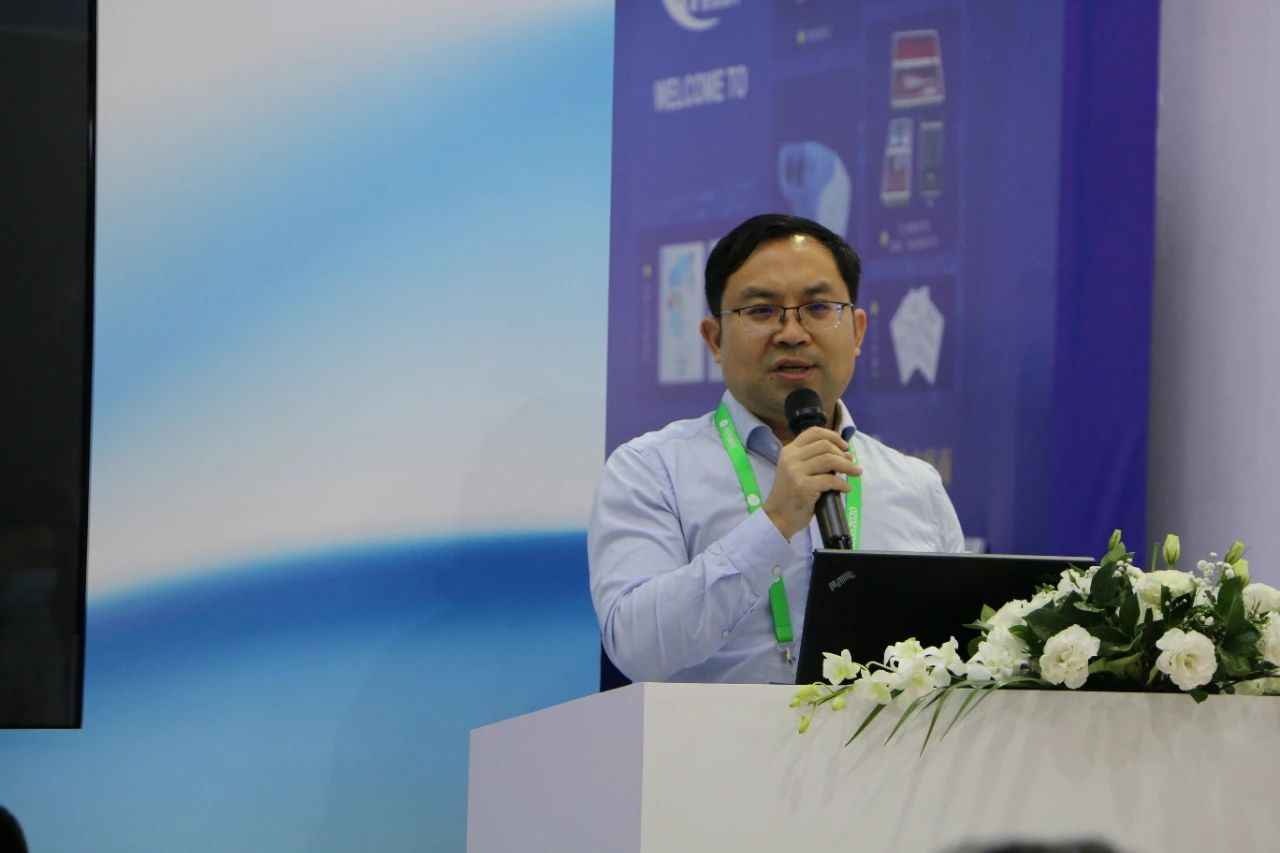
At noon on November 20, Big Vision held the new launch of the new generation of artificial intelligence OCT BV1000, and was honored to invite Professor Xu Xun, the head of the National Funduscopy Group of the Chinese Medical Association Ophthalmology Branch and the director of the Ophthalmology Center of the First People’s Hospital of Shanghai Jiaotong University, Professor Tang Shibo, the vice president and general dean of Aler Eye Group and the president of Aler Eye Institute of Central South University, and Professor Wu Wencan, the president of the Affiliated Hospital of Wenzhou Medical University. Professor Wu Wencan, President of Wenzhou Medical University Optometry Hospital, Professor Yuan Jin, Deputy Director of Zhongshan Eye Center and Director of Ophthalmic Diagnosis Innovation Engineering Technology Research Center, Professor Song Zongming, Executive Vice President of Henan Provincial Eye Hospital, Executive Vice President of the Institute and Director of the Provincial People’s Hospital Ophthalmology, five ophthalmology experts shared the application value and products of fully automated artificial intelligence OCT BV1000 from different aspects.
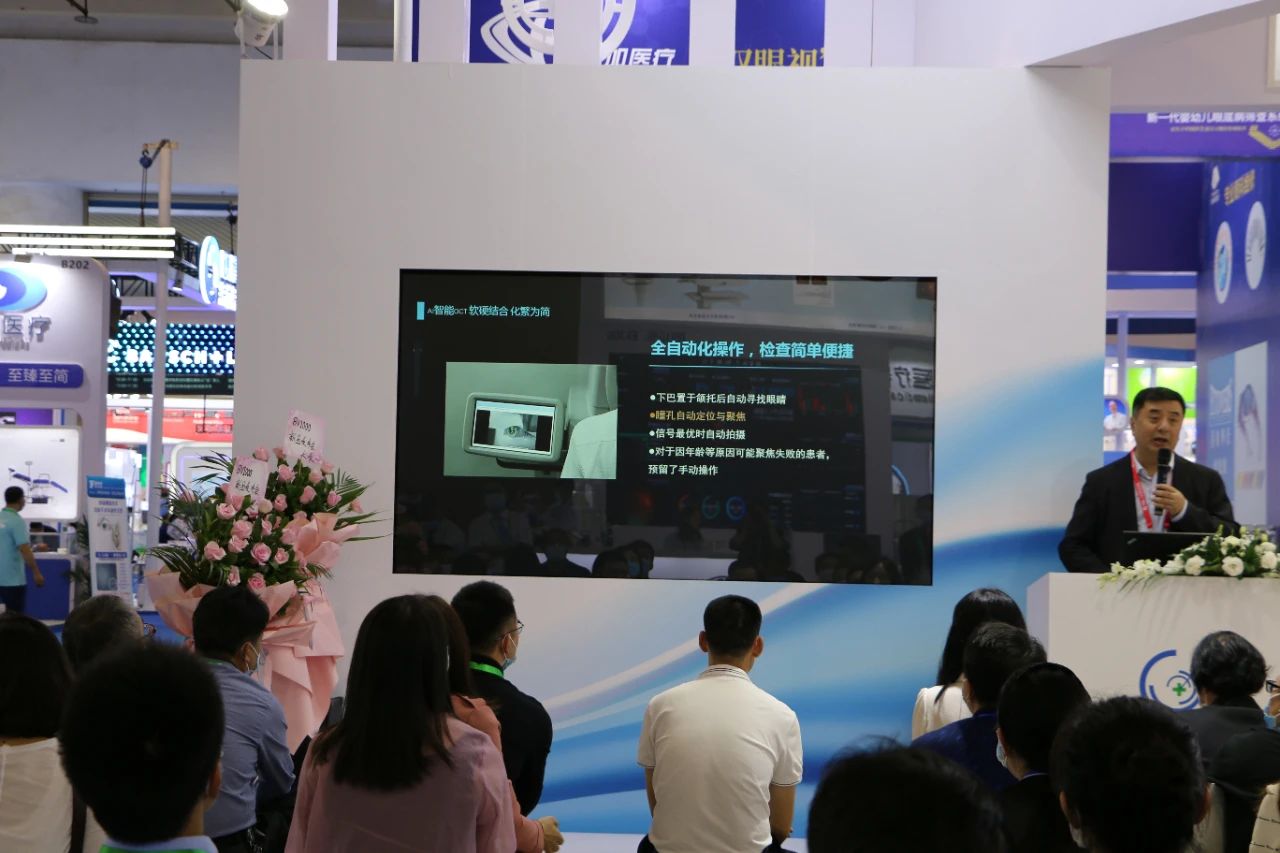
Professor Xu Xun analyzed the current situation and challenges of ophthalmic screening. The awareness rate of fundus disease among ophthalmic diseases is very low, and the awareness rate of age-related macular degeneration is only 9.2%. The new generation of fully automatic artificial intelligence OCT BV1000, as a fully independent intellectual property rights of the software and hardware integrated artificial intelligence OCT, effectively solves the conventional OCT operation complex, reading relies on the pain points of professional physicians, can provide a complete system solution for primary hospitals and community fundus screening.

Prof. Tang Shibo introduced the report on the status of fundus lesions in China and the strategic development of Aier Eye Care. The rate of fundus abnormalities among people aged 61-70 and above in China is 21.39%, and the rate of fundus abnormalities among people aged 70 and above is as high as 25.61%. In the process of Aier Ophthalmology accelerating the strategic layout of the medical network, the lack of professional ophthalmologists in China and the long training cycle have become key factors in the advancement of Aier’s strategy, and AI is an effective way to solve the lack of medical resources. Big Vision’s new generation of artificial intelligence OCT BV1000, using advanced algorithms to achieve automatic pupil positioning focus, the whole process of voice guidance, integrated with the industry’s leading artificial intelligence aided diagnosis system, can effectively improve the ophthalmology diagnosis and treatment capabilities of primary hospitals.

Professor Yuan Jin shared the challenges and future of ophthalmic artificial intelligence. Ophthalmic AI research continues to make progress, and AI based on fundus color photography for diabetic retinopathy screening has entered the clinic, but it also faces many challenges. Big Vision is at the forefront of the industry in OCT multimodal image fusion and disease diagnosis algorithms, and the new generation of fully automated AI OCT BV1000 uses a combination of software and hardware, which is a new development direction for AI medical clinical implementation.
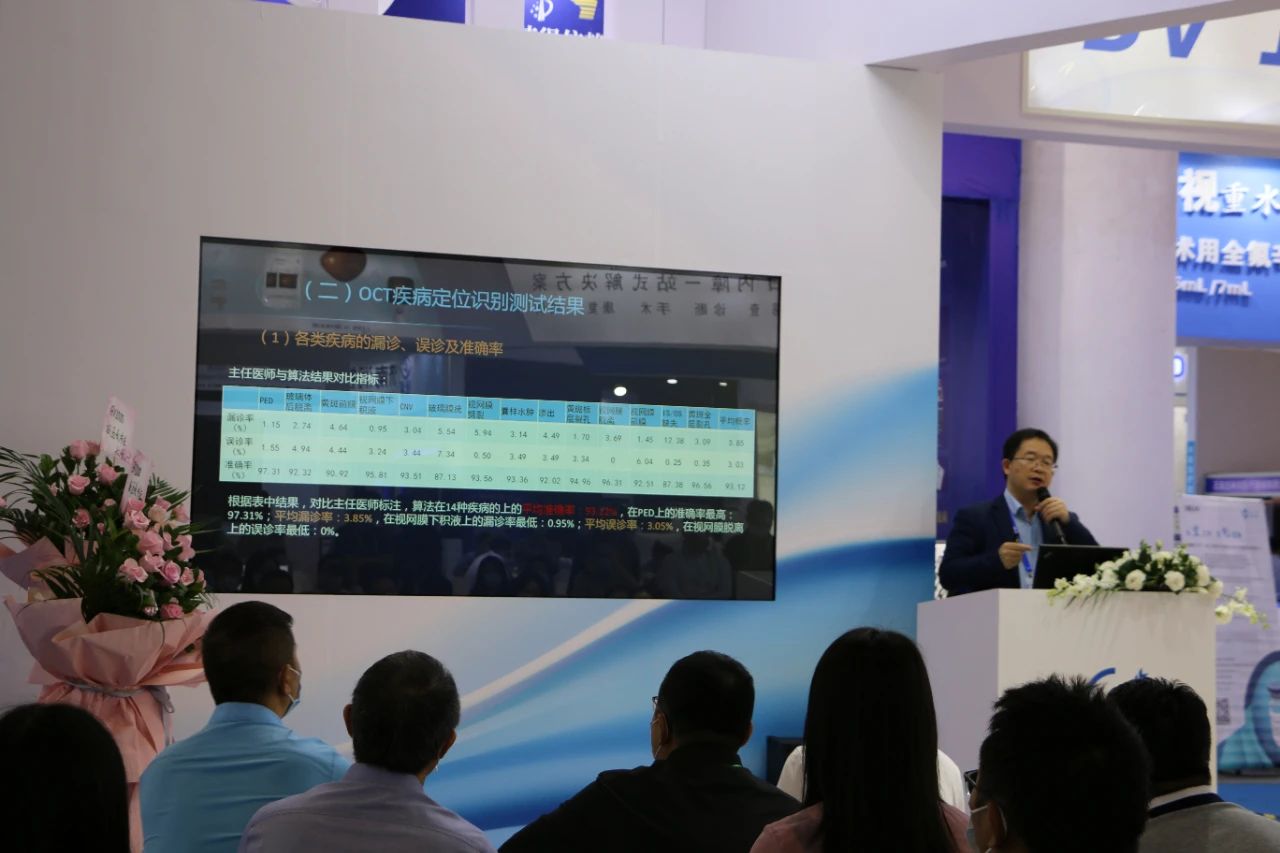
Professor Wu Wencan conducted an overview of the clinical validation of Big Vision’s AI analysis system MIAS, which was independently labeled by three levels of doctors: special examiners, residents and fundus specialists, respectively, at Wenzhou Medical University Affiliated Optometry Hospital, and compared with the results of Big Vision MIAS AI algorithm. The test results showed that Big Vision AI was 99.47% sensitive and 90.46% specific in diabetic retinopathy referral judgment compared with chief physician labeling; the average accuracy rate of OCT disease was 93.12%, the average missed diagnosis rate was 3.85%, and the average misdiagnosis rate was 3.05%, which was highly consistent with chief physician labeling.
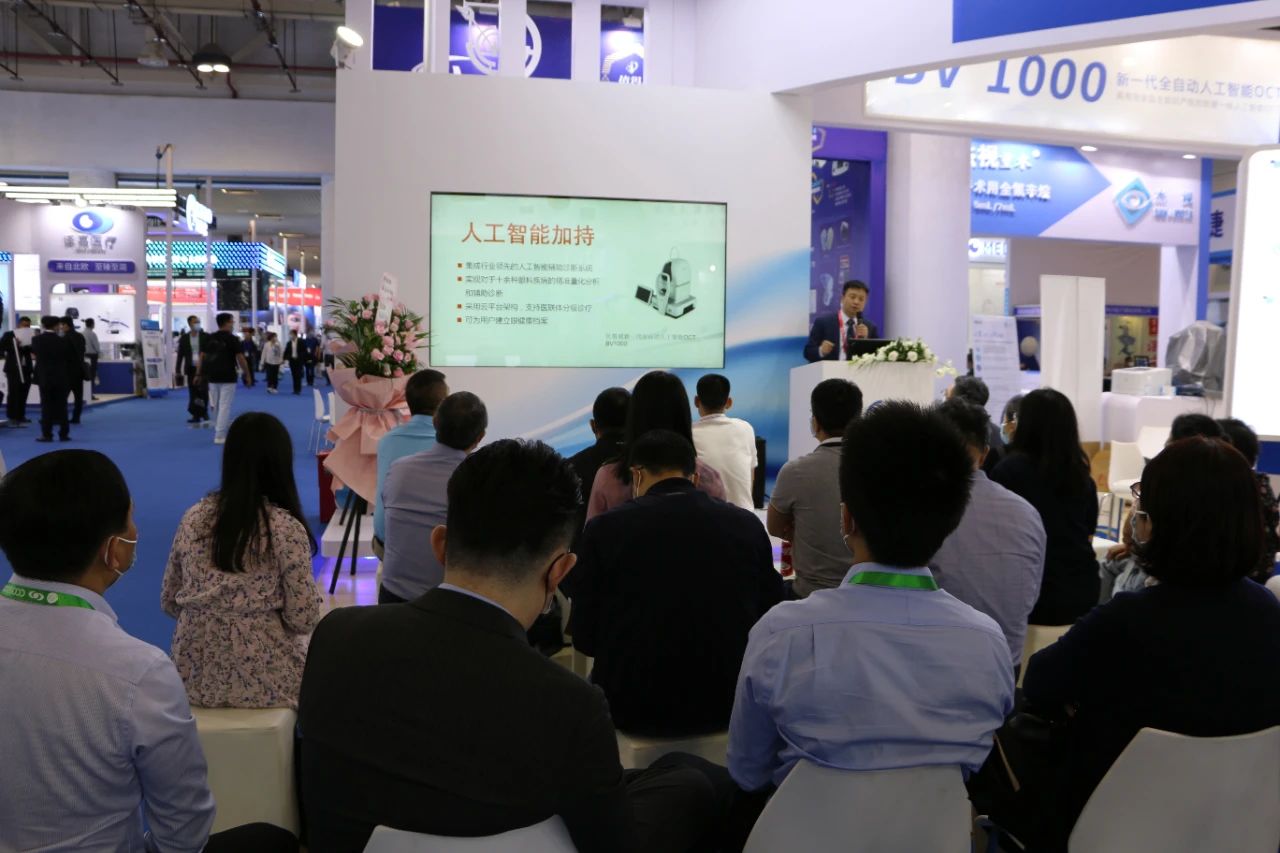
Professor Song Zongming explained the value of fully automated artificial intelligence OCT in macular fissure screening and diagnosis. Macular fissure is a chronic eye disease with no symptoms in the early stage, and OCT examination is highly sensitive to macular fissure. The Big Vision OCT BV1000 has fully automated operation function, which can complete the examination in 1-2 minutes, reducing the reliance on professional examiners, and with the addition of artificial intelligence algorithm, it can be adapted to primary care and well promoted in the community for early detection and treatment of macular diseases through screening.

In the unusual year of 2020 due to the epidemic, the successful holding of the annual ophthalmology conference is the best embodiment of all ophthalmologists not forgetting their original intention and mission to bear. The full affirmation and high evaluation of Big Vision’s new generation of fully automatic artificial intelligence OCT BV1000 by the big names in the industry gave Big Vision greater confidence and inspiration. Bigvision will make unremitting efforts to “detect every pair of eyes with problems early and give the best treatment plan”.

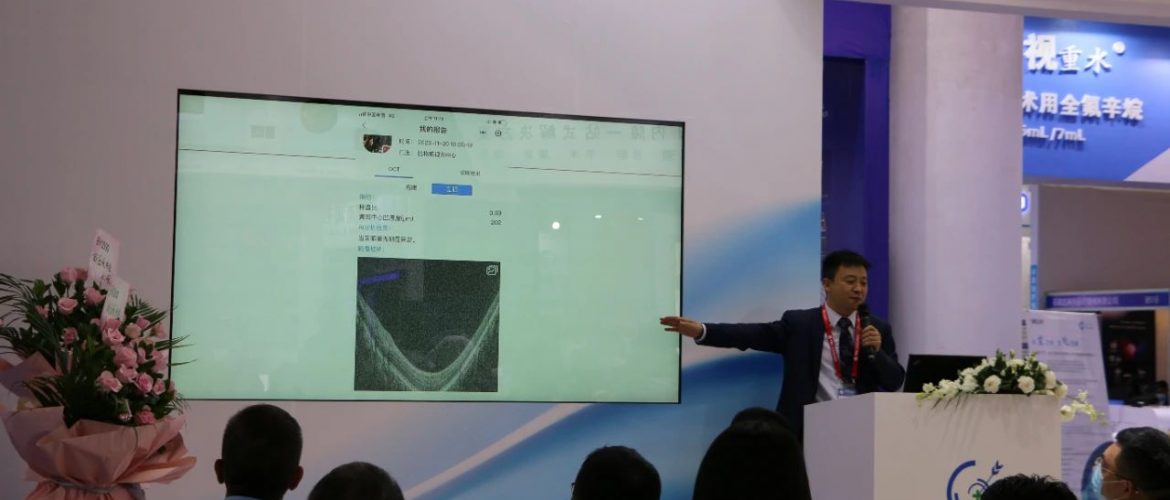



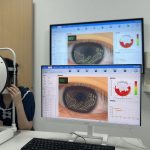



No comments yet.